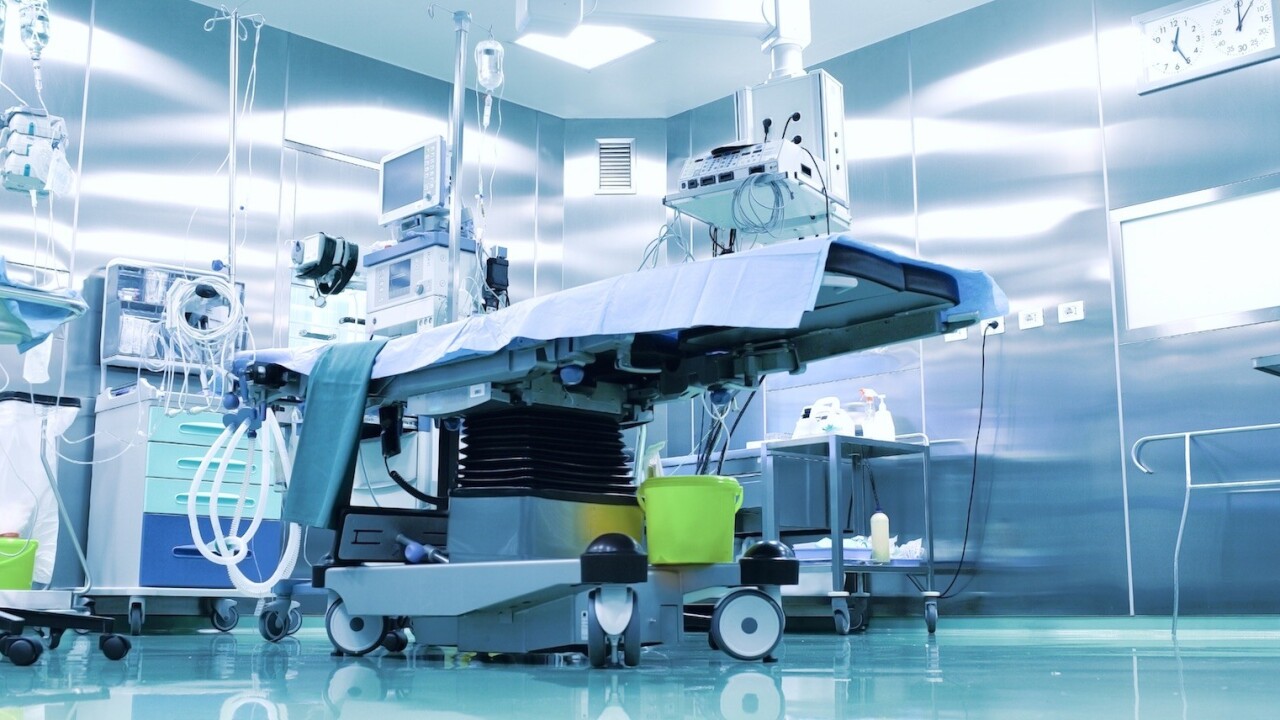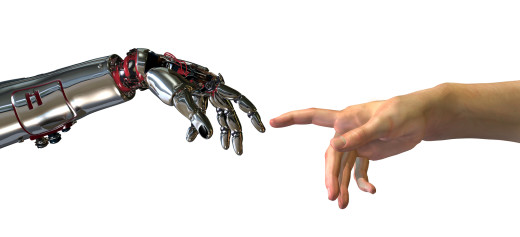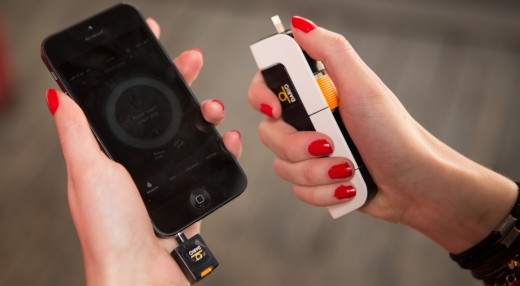
Enormous technological changes in medicine and healthcare are heading our way. These trends have a variety of stakeholders: patients, medical professionals, researchers, medical students, and consumers. They are important because of the impact they will likely have on all of us at one time or another.
To get an overview of the trends in healthcare technology, we turned to Dr. Bertalan Meskó, medical futurist and author of The Guide to the Future of Medicine: Technology and the Human Touch. In it, he identifies several areas that he believes will shape the future of medicine and healthcare for decades to come.
Meskó’s predictions easily fall into two categories. The first group of trends, descried below, involve concepts already underway today, or those that will likely have an impact on us in the near future. (Part 2 of this article discusses a second group of tech trends that are still several years away or in much earlier stages of development).

1. Gamifying health
Games are ubiquitous on our computers and phones, and increasing numbers of them are designed to have a positive impact beyond simply killing time. Combining fun and games into healthcare apps can motivate the patient and collect data needed to make informed decisions on daily activities that contribute to one’s health. “An estimated 50 percent of patients with chronic diseases do not follow the prescribed treatment,” says Meskó. “Gamified health tracking creates an environment that keeps the patient from straying from the appropriate therapy path.”
2. Empowered patients
Patients will become equal partners with their caregivers. Healthcare is moving beyond the hospital, and shifting towards patient self-knowledge and empowerment. The Internet has led to many people (for better or worse) researching their symptoms and diagnosing and treating themselves. While that extreme should be avoided whenever traditional healthcare providers are available, there’s no way to put the genie back in the bottle in terms of patients educating themselves.
Rather, healthcare professionals should embrace the change and guide patients in participating in their own care. New technologies will finally help medical professionals focus more on the patient as a human being instead of spending time hunting down pertinent information. They will be able to do what they do best – provide care with expertise. In turn, patients will get the chance to be equal partners in their healthcare. As Meskó puts it, “Healthcare cannot really advance without physicians letting their patients help themselves.”
3. Telemedicine and remote care
Home healthcare services and innovative technology will allow for doctor-patient connectivity where it had not been previously possible, saving both lives and money. Patient monitoring before, during, and after a procedure can now include autonomous robots, such as iRobot’s RP-VITA.
4. Re–thinking the medical curriculum
Medical schools will prepare future physicians for a world full of e-patients and dazzling technology. It takes many years to go from studying to practicing medicine. During that time, what students are learning is constantly changing in the real world.
The old-fashioned textbook is a static learning piece in a dynamic professional field with integrated, innovative technology. Digital classrooms will create new connections between students and healthcare professionals and allow for access to the most current information and resources.
5. Surgical and humanoid robots
Robotic-assisted surgery enhances the skill of the surgeon and allows for less invasive procedures. Advanced robots will be able to perform an operation from continents away, with precision beyond what a surgeon’s hand can do. Robots may never fully take over a surgical room due to their weak versatility and adaptability compared to humans, but they will become much more integrated into surgical teams.
6. Genomics and truly personalized medicine
DNA analysis will become a standard step when prescribing medicine or treatment, to ensure it is personalized and optimized for that particular patient’s metabolic background. This kind of specificity, according to Meskó, “will make it possible to define disease in terms similar to GPS coordinates.”
7. Body sensors
Technology is allowing us to measure critical health parameters in convenient and inexpensive ways. Tiny, wearable, sensors collect data without inferring with our daily lives in order to make better, more informed quantifiable decisions. Electronic clothing paired with sensors is one outlet used to collect such data.
8. Medical tricorders and portable diagnostics
The fictional medical tricorder from Star Trek is soon to be a reality. Diagnostic procedures are shifting towards devices that are portable and able to be performed from home. Medical mobile applications will be prescribed with patient customization. “The smartphone will be the hub of the future of medicine,” says Meskó, “serving as a health-medical dashboard.”
9. Do-It-Yourself (DIY) biotechnology
Cheaper technology and a DIY spirit are generating a new generation of scientists and engineers who see no limitations in research. Community biology labs are popping up around the world, connecting inventors, amateurs, and anyone curious to experiment with equipment and education. The resulting innovation in biotech has the potential for disruptive solutions that will further change the way medicine is practiced.
10. The 3D printing revolution
3D printers can manufacture medical equipment, prostheses, or even drugs. They will also play a vital role in regenerative medicine, to create tissues with blood vessels, bone, heart valves, ear cartilage, synthetic skin, and even organs. With its increasing affordability and open source engineering, the applications for 3D printing are incredibly vast and beneficial.
11. Iron Man: powered exoskeletons and prosthetics
Exoskeleton suits have enabled partially-paralyzed individuals to walk again. Increasing the precision of motor control and recreating natural sensation will eventually create real-time communication between the prosthetic and the brain. Until then, says Meskó, “The real challenge for companies is to design devices that can almost perfectly mimic the complex movements of hands and legs.”
Read Next: Rise of the ambulance drones
Image credit: Shutterstock
This post originally appeared on Forbes.
Get the TNW newsletter
Get the most important tech news in your inbox each week.








